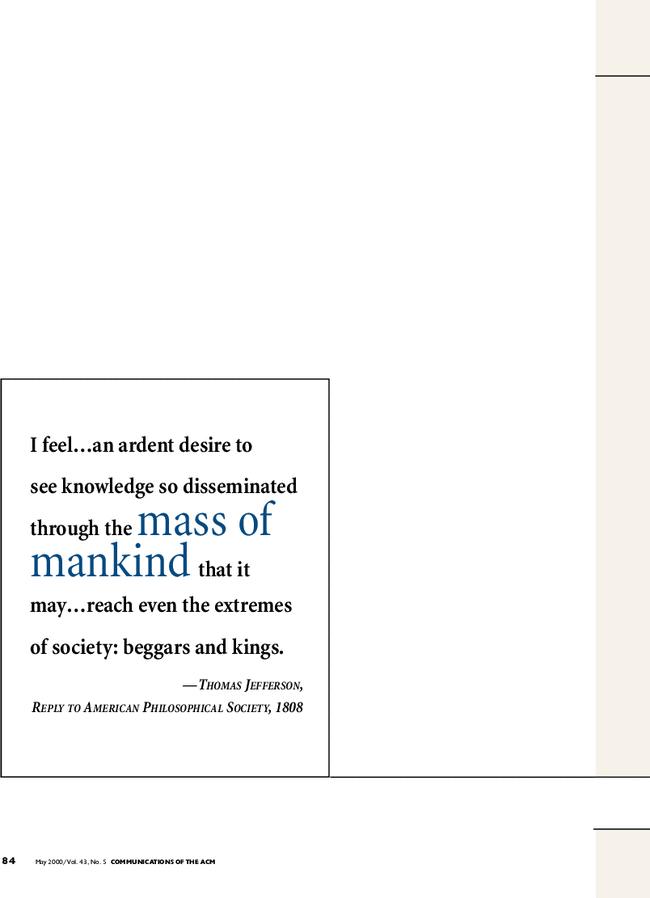Cited By
View all- Droutsas NSpyridonis FDaylamani-Zad DGhinea G(2025)Web accessibility barriers and their cross-disability impact in eSystems: A scoping reviewComputer Standards & Interfaces10.1016/j.csi.2024.10392392(103923)Online publication date: Mar-2025
- Doore SIstrati DXu CQiu YSarrazin AGiudice N(2024)Images, Words, and Imagination: Accessible Descriptions to Support Blind and Low Vision Art Exploration and EngagementJournal of Imaging10.3390/jimaging1001002610:1(26)Online publication date: 18-Jan-2024
- Massaguer LAlcaraz-Martinez R(2024)Analysis of web accessibility skills required in graphic design and visual communication job offers in SpainProceedings of the XXIV International Conference on Human Computer Interaction10.1145/3657242.3658575(1-7)Online publication date: 19-Jun-2024
- Show More Cited By





